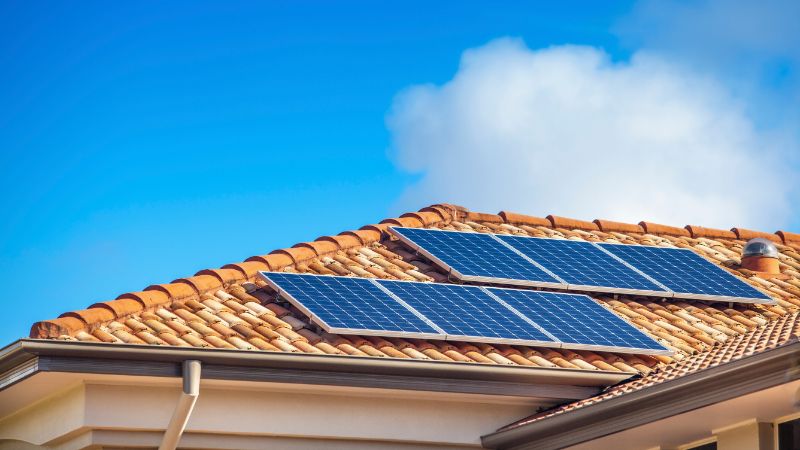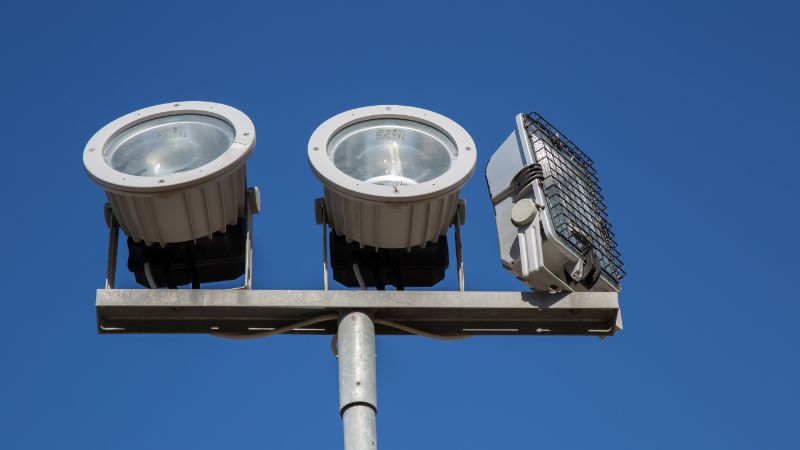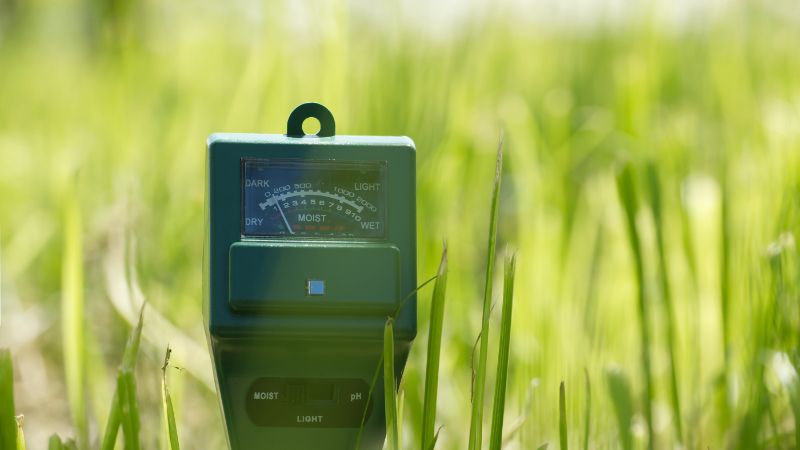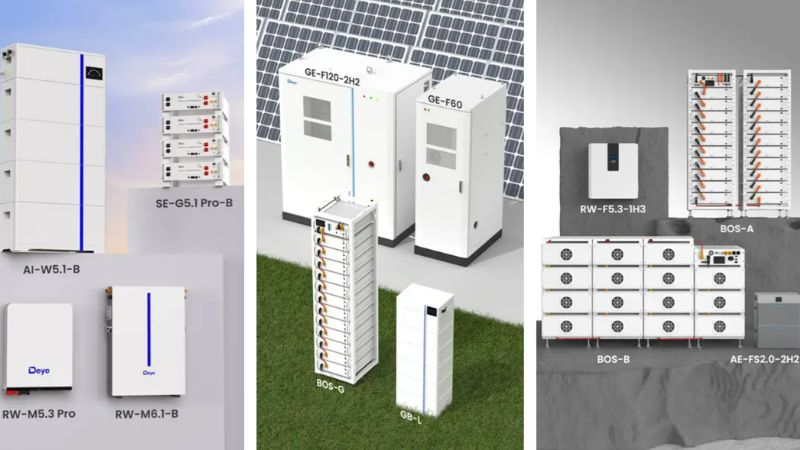Solar panels offer a green energy solution, but you might wonder if they only work with natural sunlight. Many people ask this question when thinking about using solar power in places with limited sun exposure.
You can charge solar panels with artificial light sources like LED bulbs and incandescent lamps, though they won’t charge as quickly or efficiently as they do in direct sunlight. The charging speed depends on the light’s intensity and how close it is to the panel.
Using artificial light to charge solar panels opens up new possibilities for indoor solar applications. Your solar-powered garden lights, calculators, and small devices can still get some charge from indoor lighting when the sun isn’t available. Just keep in mind that artificial light produces weaker results and takes longer to build up a charge.

Artificial Lighting for Solar Charging
Solar panels can work with artificial light, though they generate much less power compared to natural sunlight. The type of light source and its properties make a big difference in charging effectiveness.
Artificial Light Sources
LED lights work well for charging solar panels because they produce bright, focused light while using less energy. You can use them as a backup charging option when sunlight isn’t available.
Incandescent bulbs can also charge solar panels, but they’re not as practical since they use more electricity and produce a lot of heat.
Halogen lights create intense white light that’s good for solar charging. Just keep in mind they consume more energy than LEDs.
Spectral Properties of Light
Different artificial lights produce different wavelengths of light. Solar panels work best with light that matches the sun’s spectrum.
LEDs can be designed to emit light in specific wavelengths that match solar panels’ needs. This makes them more effective for charging.
Incandescent bulbs produce a warm yellow light that isn’t ideal for solar panels since they miss some important parts of the light spectrum.
Efficiency of Solar Panels under Artificial Light
Your solar panels will only capture about 10-25% of artificial light energy compared to what they’d get from direct sunlight.
The distance between the light source and panel matters a lot. Keep artificial lights close to get better charging results.
Using artificial light to charge solar panels isn’t very practical for daily use. You’ll spend more on electricity powering the lights than you’ll get back from the panels.
Indoor lighting works better for small solar devices like calculators or garden lights than for full-sized solar panels.
Comparing Natural and Artificial Light
Solar panels work best with natural sunlight, which provides much more energy than artificial light sources. Light intensity and spectrum make a big difference in how well solar panels can generate electricity.

Sunlight vs. Artificial Light for Solar Panels
Natural sunlight delivers about 1000 watts of power per square meter on a clear day. LED lights and other artificial sources only provide a tiny fraction of this power – typically less than 10 watts per square meter.
When you try charging solar panels with artificial light, you’ll get much less electricity than the power used to run those lights. This creates a net energy loss due to conversion inefficiency.
Your solar panels need strong, direct light to work efficiently. Think of it like trying to fill a swimming pool with a garden hose versus rainfall – artificial light just can’t match the power of the sun.
Light Spectrum and Solar Absorption
Solar panels are designed to capture specific wavelengths of light that the sun naturally produces. The sun emits a broad spectrum of light energy, including visible light, infrared, and ultraviolet rays.
Most artificial lights only produce a narrow range of wavelengths. LED bulbs, for example, focus mainly on visible light wavelengths that look good to human eyes.
Your solar panels can’t absorb energy as effectively from artificial light because they’re missing many of the wavelengths they’re built to collect.
Effects of Indirect Sunlight and Cloudy Days
Even on cloudy days, your solar panels still receive much more usable energy than they would from artificial lighting. Clouds typically reduce solar panel output by 10-25% compared to clear days.
Indirect sunlight, like morning or evening sun, can still charge your panels at reduced efficiency. The sun’s rays scatter through clouds and the atmosphere but maintain much of their energy-producing potential.
Your panels will generate some power even in less-than-ideal conditions. A cloudy day gives you roughly 10 times more charging power than indoor lighting.
Performance Factors of Solar Panels
Your solar panel’s power output depends on the quality and intensity of light it receives, plus several other key environmental factors.
Impact of Light Intensity

Light intensity plays a huge role in how well your solar panels work. Direct sunlight gives you the best results, producing up to 1000 watts per square meter in ideal conditions.
Artificial light produces much less power. A bright indoor light might only generate 1-10 watts per square meter – that’s less than 1% of sunlight’s power.
Distance from the light source matters too. Moving your panel twice as far from a light source cuts the power output by four times.
Spectral Intensity and Efficiency
Solar panels respond best to specific wavelengths of light. Natural sunlight provides the perfect mix of wavelengths for most panels.
Different artificial lights produce different wavelengths. LED lights work better than fluorescent bulbs for charging, but neither comes close to sunlight’s effectiveness.
Your panel’s material affects which wavelengths it can use. Silicon panels work well with visible light, while cadmium telluride panels can use a broader range.
Environmental and Material Considerations
Temperature affects your panel’s performance. Cooler conditions usually mean better efficiency.
Dust and dirt can block light and reduce power output by 10-30%. Regular cleaning helps maintain peak performance.
Panel age matters too. Most panels lose about 0.5% efficiency each year.
The angle of your panel makes a difference. Point it directly at the light source for best results.
Humidity and moisture can impact performance, especially with indoor artificial lighting.
Practical Applications and Limitations
Solar panels can work with artificial light, but their performance varies greatly based on the light source and setup. The energy output is much lower than sunlight, making it important to understand where and how this approach works best.
Charging Solar Panels Indoors
Your indoor solar panels need specific placement to work effectively. Put them close to light sources – within 20 inches is best. They work better in rooms with lots of lighting fixtures.
Many indoor devices like calculators and small gadgets use tiny solar cells that charge well under artificial light. These cells are made specially for indoor use.
The energy output indoors is about 1-5% of what you’d get from direct sunlight. You’ll need more panels to get useful power levels inside.
Suitability of Different Light Bulbs
LED bulbs work quite well for charging solar panels. They produce less heat and waste less energy than other options.
Fluorescent lights give decent results too. They create a broader light spectrum that solar cells can use.
Here’s how different bulbs compare:
- LED: Best energy efficiency, good for small panels
- Fluorescent: Wide light spectrum, works well with most panels
- Incandescent: High heat output, not very efficient
- Halogen: Better than incandescent, but still not ideal
Pros and Cons of Artificial Charging
| Benefits | Drawbacks |
|
|
You’ll get the best results with high-efficiency panels designed for indoor use. Small solar-powered devices like keyboards and calculators are good examples of successful artificial light applications.
This method works best as a backup or supplement to regular solar charging, not a replacement.
Solar Batteries and Storage
Solar batteries store your power when there’s no sunlight, letting you use solar energy day or night. They work with artificial light too, though less efficiently than with sunlight.
Types of Solar Batteries
Lead-acid batteries are common and budget-friendly for solar systems. They work well but need regular maintenance.
Lithium-ion batteries cost more up front but last longer. They’re lighter and more efficient than lead-acid options.
Popular battery types for solar storage:
- Lead-acid: $100-300 per kWh
- Lithium-ion: $400-750 per kWh
- Salt-water: $400-600 per kWh
Deye ESS Batteries are a notable choice in the solar battery market. Deye offers advanced energy storage solutions that are compatible with various solar systems, providing high efficiency and long life cycles.
Deye batteries are designed to optimize energy use, excellent for both residential and commercial applications. The smart technology allows for seamless integration with solar panel systems, ensuring you get the most out of your solar investment.
Maintaining Charge Cycles
Your solar batteries need proper care to work their best. Keep them in a cool, dry place between 50-85°F.
Don’t let your batteries drop below 20% charge. This helps them last longer and work better.
Check your battery levels once a month. Clean any corrosion off the terminals with a wire brush.
Deep Charge and Storage Efficiency
Deep cycle batteries are made just for solar power systems. They can handle being drained and recharged many times.
Most solar batteries keep 85-95% of the energy you put into them. This means you’ll have plenty of power when you need it.
Your batteries will last 5-15 years with good care. Lithium-ion types usually last longer than lead-acid ones.
Tips for better storage:
- Use a charge controller
- Don’t mix old and new batteries
- Keep battery temperatures stable
